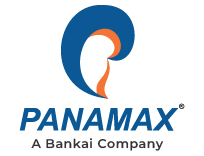In today's rapidly evolving banking landscape, financial institutions are under immense pressure to adapt to the changing needs of customers and the demands of the digital age. Traditional banking systems are often outdated, rigid, and unable to keep up with the dynamic market. To stay competitive and relevant, banks are increasingly turning to Core Banking Solutions (CBS) or Core Banking Systems (CBS) that offer modern, digital core banking solution capabilities.
The choice of a CBS is a pivotal decision for any financial institution, and it can greatly impact its efficiency, customer service, and ability to innovate. In this blog, we will delve into the five key pillars for selecting and successfully implementing a core banking solution to ensure that your institution remains agile and customer-centric in today's digital era.
Understanding the Need for a Digital Core Banking System
The first step in choosing the right core banking solution is to understand the necessity of transitioning to a digital core banking system. The traditional banking infrastructure, with its siloed systems and legacy technologies, can hinder agility and customer experience. A digital core banking system, on the other hand, empowers banks to streamline operations, offer innovative products and services, and meet customer expectations for digital convenience.
Here are some compelling reasons to adopt Digital banking solutions
Enhanced Customer Experience
Digital systems provide real-time access to customer data, enabling personalized services, quicker response times, and a seamless omnichannel experience.
Operational Efficiency
Modern CBS automate routine tasks, reducing manual errors, and improving efficiency. This, in turn, reduces operational costs.
Regulatory Compliance
Keeping up with evolving regulatory requirements is easier with a digital core banking system, as it allows for quick adjustments and reporting.
Product Innovation
Digital core banking systems enable banks to rapidly develop and launch new products and services, keeping them competitive in the market.
Scalability
As banks grow, a digital core banking system can easily scale to accommodate increased transaction volumes and customer accounts.
Comprehensive Vendor Evaluation
Selecting the right solution provider is a critical decision that will significantly impact your institution's future. It will not be an overstatement if we say that digital core banking solutions are a game changer. To make an informed choice, you should conduct a comprehensive evaluation of potential vendors. Here are some factors to consider:
Industry Experience
Look for vendors with a proven track record in providing core banking solutions to financial institutions. Experience in your specific banking sector (e.g., retail, commercial, or investment) is a significant advantage.
Technology Stack
Ensure that the vendor's technology stack aligns with your institution's IT strategy. Compatibility and scalability are crucial considerations.
Integration Capabilities
Assess the vendor's ability to integrate with existing systems, third-party applications, and fintech solutions. Integration should be seamless and cost-effective.
Compliance and Security
Verify that the system complies with industry regulations and security standards. Data protection and cybersecurity are paramount.
Support and Maintenance
Evaluate the vendor's post-implementation support and maintenance services. Prompt troubleshooting and updates are essential for system reliability.
Cost and ROI
Consider the total cost of ownership, including licensing fees, implementation costs, and ongoing maintenance. Calculate the expected return on investment (ROI) over time.
Customization and Flexibility
Every financial institution has its unique processes, products, and customer needs. A one-size-fits-all core banking solution may not adequately address these specific requirements. Therefore, the chosen CBS should offer customization and flexibility. Moreover, core banking solutions that suit the next-gen digital banking needs should be given more priority.
Here's what to look for:
Configurability
The system should allow for easy configuration to adapt to your institution's workflows, product offerings, and policies.
Scalable Architecture
Ensure that the solutions can accommodate future growth and changes without requiring a complete overhaul.
API Capabilities
An extensive set of Application Programming Interfaces (APIs) is essential for integrating third-party services and creating innovative banking experiences.
Modular Design
A modular system allows you to add or remove components as needed, providing flexibility and cost control.
User-Friendly Interface
The system should have an intuitive user interface that minimizes the learning curve for employees.
Data Management and Analytics
In the digital age, data is a valuable asset that can drive insights, inform decisions, and enhance customer experiences. A robust CBS should offer advanced data management and analytics capabilities.
Consider these aspects:
Real-time Data Access
The system should provide real-time access to customer data, transaction history, and account information, enabling quick decision-making and personalized services.
Reporting and Analytics
Look for built-in reporting tools and analytics dashboards that empower your institution to derive actionable insights from data.
Data Security
Ensure that the core banking system has robust data encryption, access controls, and backup mechanisms to protect sensitive information.
Compliance and Audit Trails
The system should generate audit trails and reports that facilitate compliance with regulatory requirements.
AI and Machine Learning Integration
The ability to integrate AI and machine learning for predictive analytics and fraud detection can be a significant advantage.
Implementation and Training
A successful CBS implementation is contingent on thorough planning, effective execution, and comprehensive training. Pay attention to the following aspects:
Project Management
Assign experienced project managers to oversee the implementation process, ensuring that milestones are met and issues are addressed promptly.
Training Programs
Provide comprehensive training to your staff to maximize the system's utility. Training should cover various roles and departments within your institution.
Data Migration
Ensure that data migration from legacy systems is meticulously planned and executed to minimize disruptions.
Testing and Quality Assurance
Rigorous testing should be performed to identify and resolve any issues before the system goes live.
Change Management
Implement change management strategies to facilitate the transition to the new system and encourage user adoption.
Concluding Thoughts
In conclusion, choosing the right core banking solution is a pivotal decision for any financial institution in the digital age. A well-implemented digital CBS can drive operational efficiency, enhance customer experiences, and position your institution for growth and innovation. By considering the five pillars outlined in this blog—understanding the need for digital transformation, comprehensive vendor evaluation, customization and flexibility, data management and analytics, and effective implementation and training—you can make an informed choice that sets your institution on the path to success in the modern banking landscape. Reach out to our experienced professionals as we guide you to the best and customized CBS that will help in business enhancement and enhancing consumer experience.



















